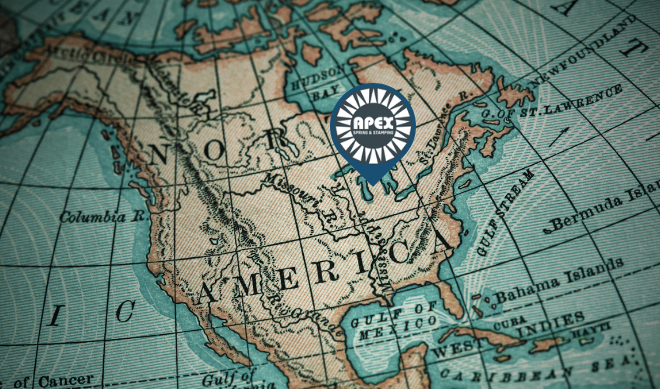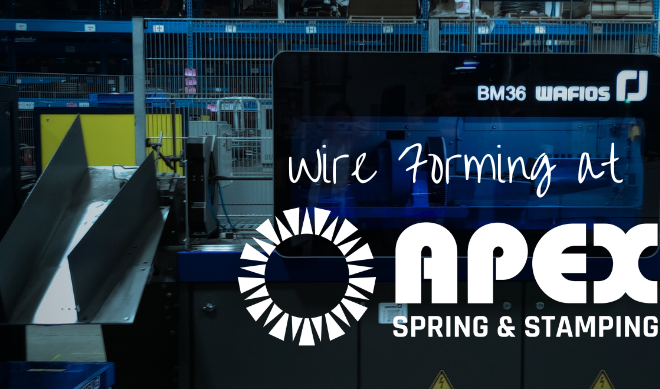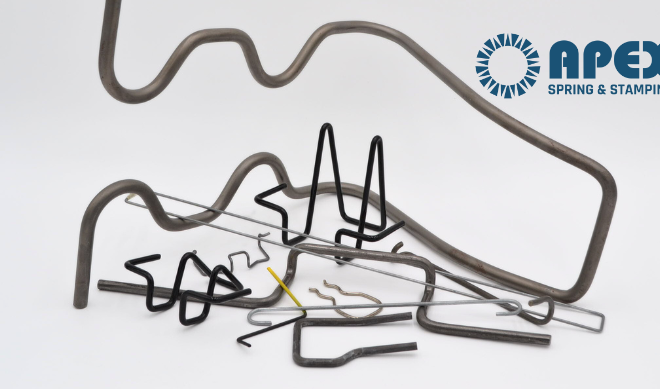Welcome to the third installment of common misconceptions about spring products. Many designers of torsion springs just put placeholders in for torsion springs data. This is an afterthought and usually spells disaster when the design team comes around to design the torsion spring.
Torsion Spring Design Theory
Torsion springs are stressed in bending. Rectangular wire is more efficient in bending than round wire, but due to the premium cost of rectangular wire, the round wire is preferred. Torsion springs, whose ends are rotated in angular deflection, offer resistance to an externally applied torque. The wire itself is subjected to bending stresses rather than torsional stresses, as might be expected from the name. Springs of this type are usually close-wound. The designer must consider the effects of friction and arm deflection on the torque.
The common misconception of Torsion springs is that they are static and move very little in the assembly. This is not true!
Torsion springs are living and active. Torsion Springs reduce in diameter and lengthen in their body as the spring is installed and going to full travel. For an Example:
Wire size 1mm (.040”)
ID 12.7mm (.500”)
Coil Count 10 coils
Body Length 11mm (.433”)
With 90 Degrees of travel:
ID Reduction: 12.12 mm (.477”)*
Body Length increase: 11.25mm (.433”)
With 180 Degrees of travel:
ID Reduction: 11.8mm (.465”)*
Body Length increase: 11.5 mm (.453”)
If the spring body length exceeds the space for the spring (very common) this produces an environment that will cause premature spring failure. If the ID of the spring is close to the pin diameter, then the spring will essentially tie-up on the pin and you will now have two beam springs from the legs.
Our engineering team is ready to assist you in the design, engineering and manufacturing of your torsion springs. A very simple low-cost spring with very complex calculations can ruin designs and failures in the mechanism.
When we say “and the envelope please” we are not asking for an award, but really we are wanting you to be successful by providing all the information on the space and requirements in your Assembly/mechanism. (maybe an award?)
Let Apex Spring design and do the calculations for you. We are experts in torsion spring designs, from simple mechanisms to complex over-center springs.
How can we help?
| Contact Us | Request A Quote |
*Spring ID calculations include an ID/OD tolerance of ± 0.25 mm (± .010”)




